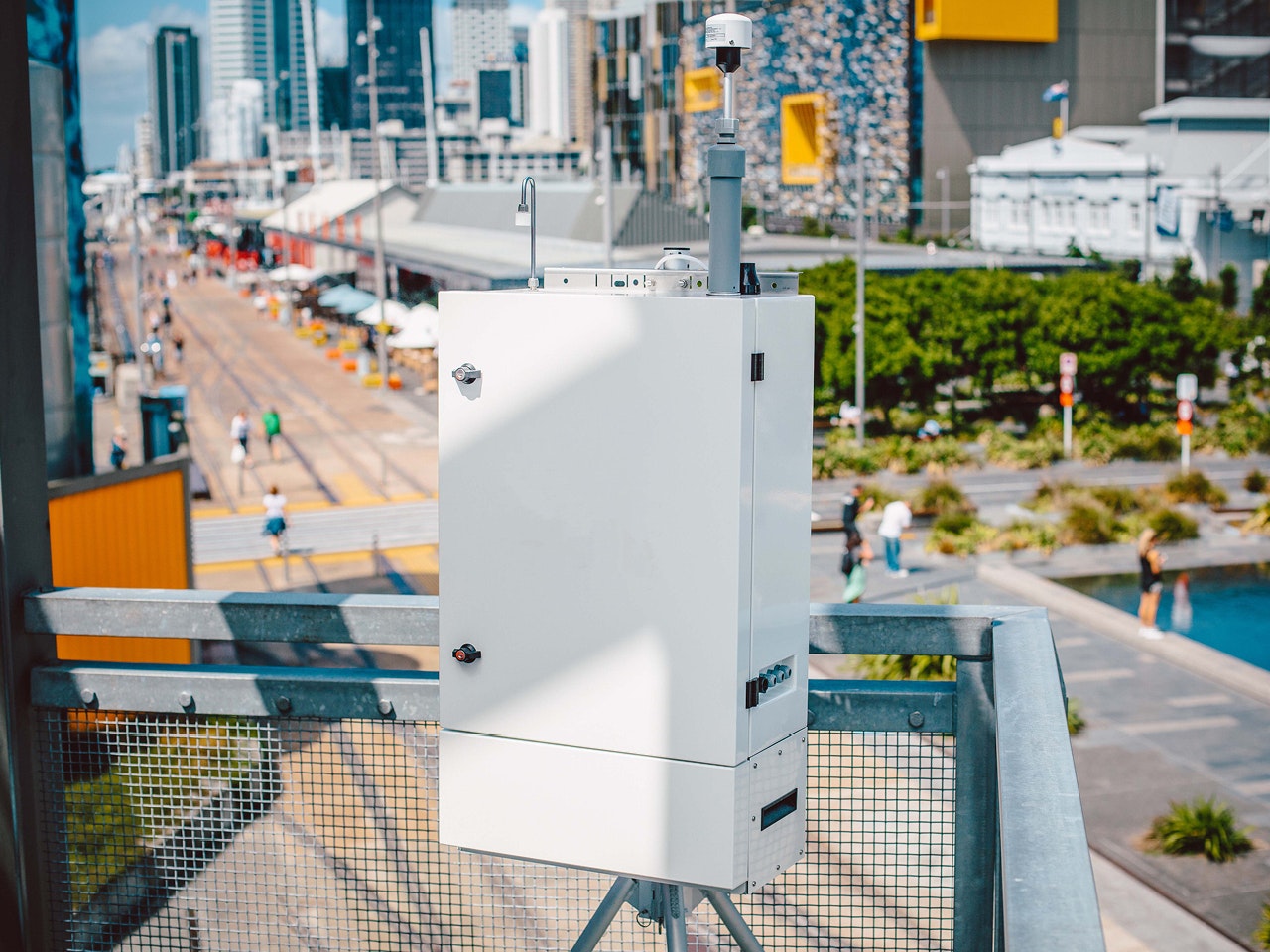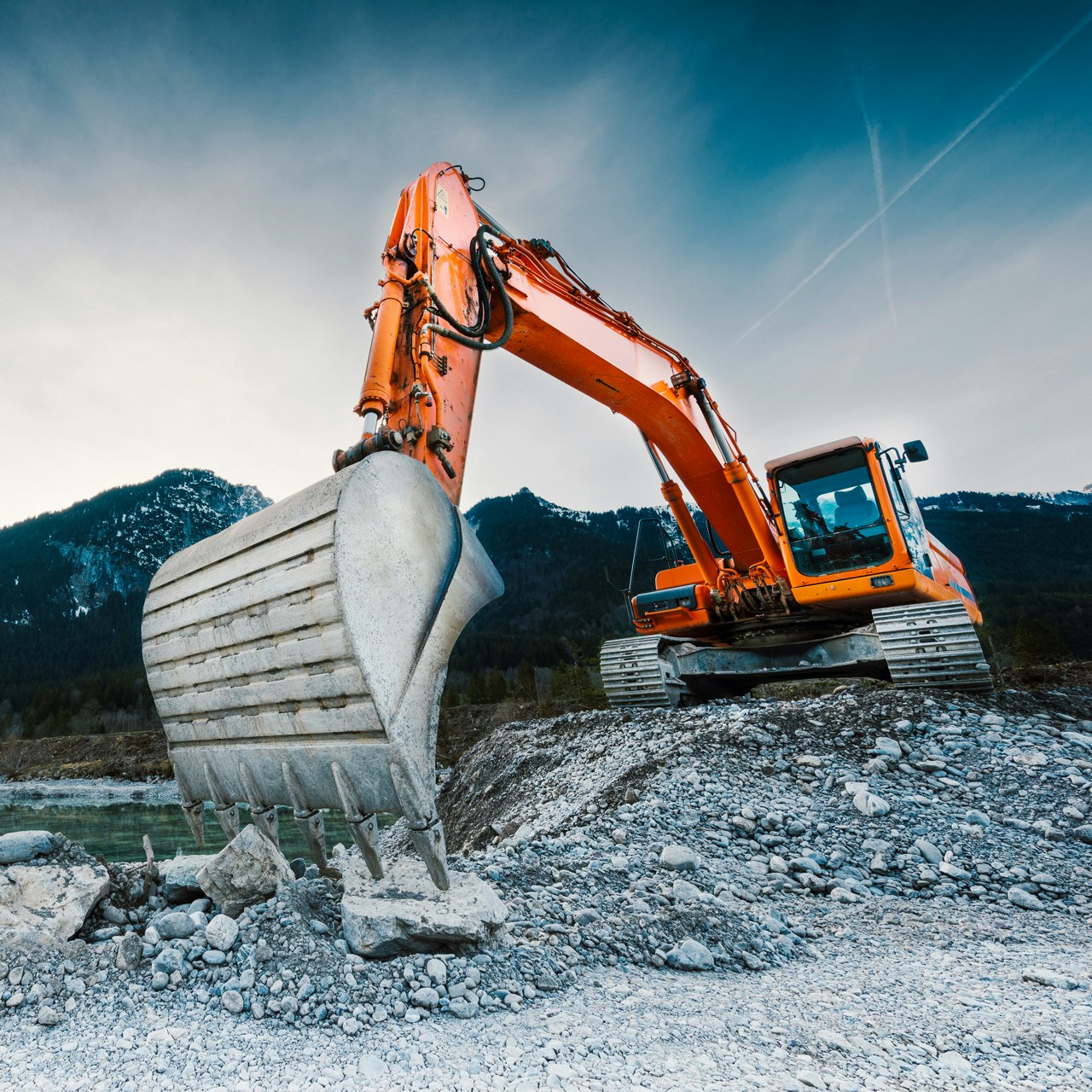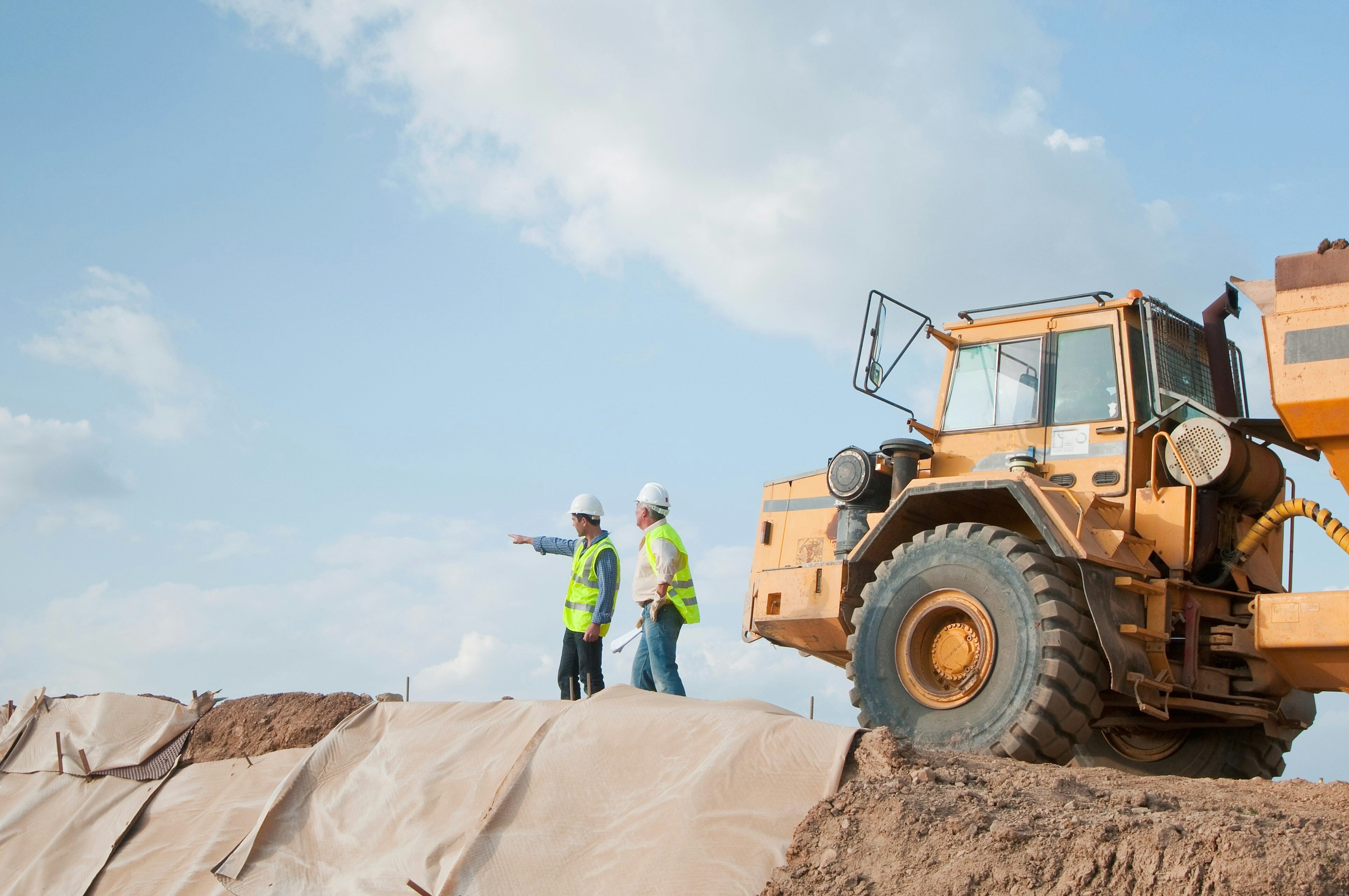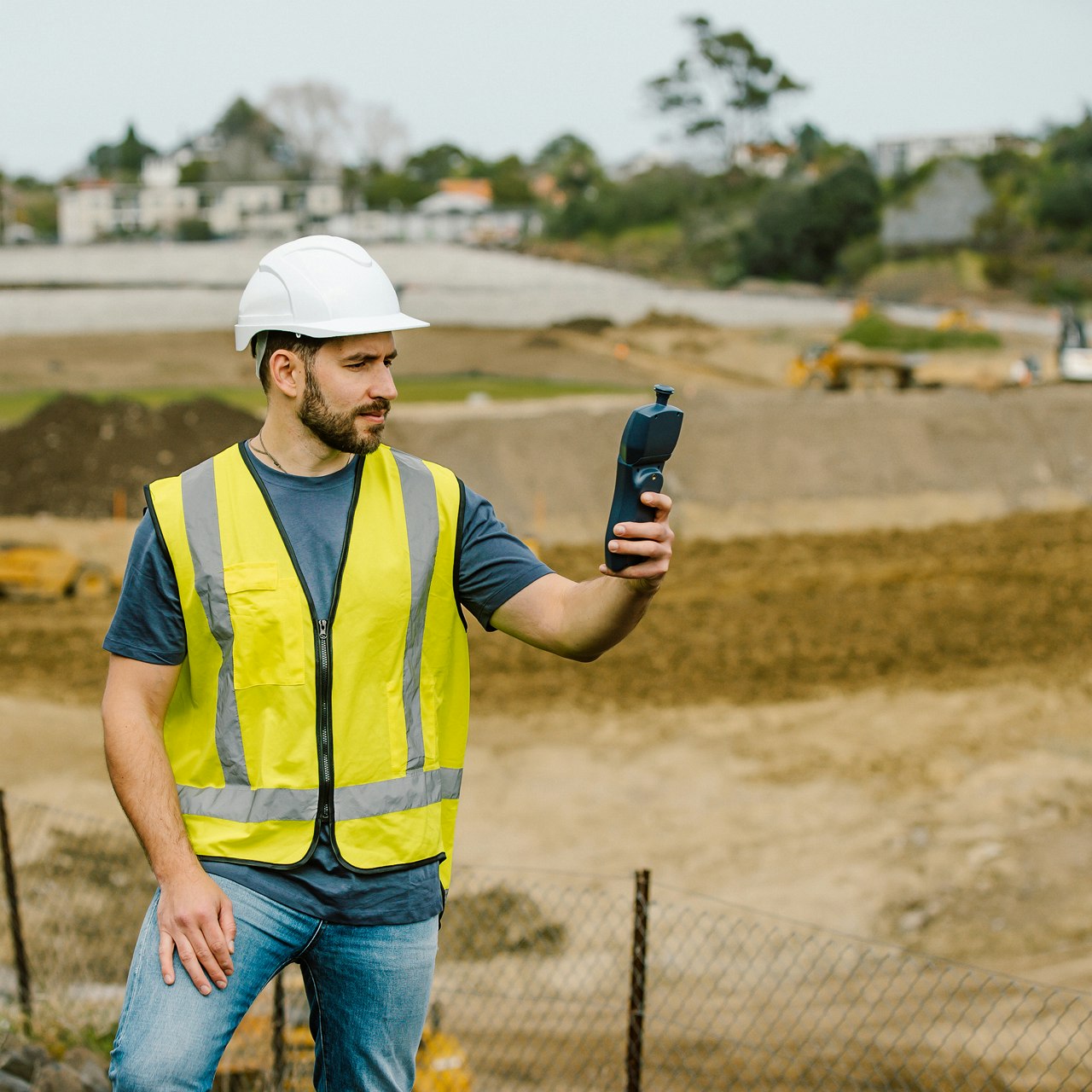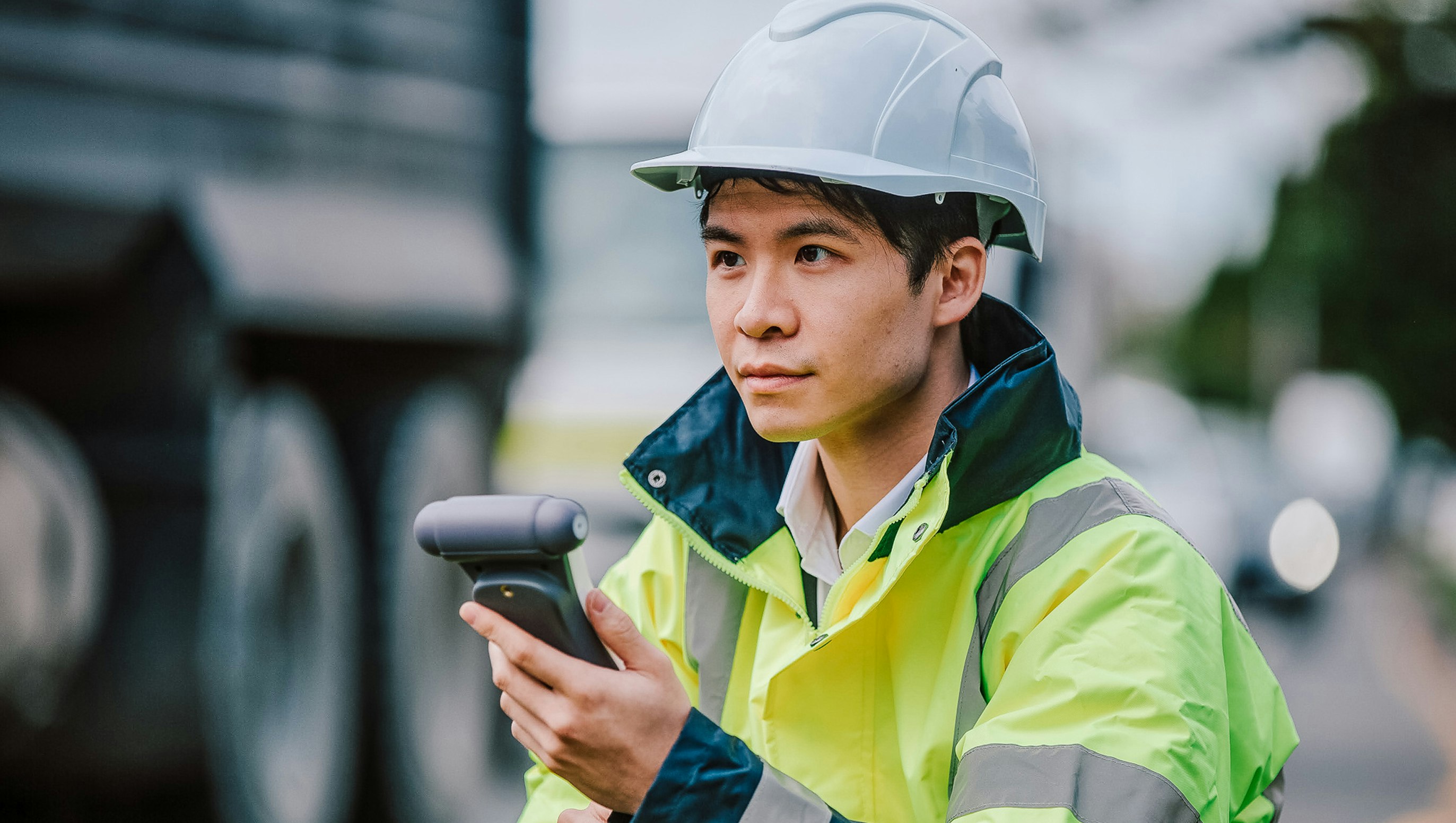Blog
Leveraging IIoT Solutions for Real-Time Air Sampling
Article Details
Last Updated
27 July 2022
Published
19 May 2021
Category
Industrial Hygiene
Even now, there still exist gaps when it comes to handheld air sampling instruments. In industrial settings, the key benefit of the Industrial Internet of Things (IIoT) has been in the response to immediate safety hazards. But industrial hygiene (IH) and occupational, health and safety (OHS) professionals are still putting in longer hours to overcome deficiencies in traditional air sampling methods.
Benefits of IIoT devices: Revolutionizing modern air sampling methods
In the realm of air sampling, connected gas monitors have become an invaluable asset to large and small operations. Over the past few years, fixed air sampling instruments and wearable detectors alike have become increasingly connected. In industrial settings, the key benefit of IIoT devices has been in the response to immediate safety hazards. For example, connected personal gas detectors are able to communicate whether the worker is exposed to any hazards, what kind of hazard, and by how much exposure limits have been exceeded. Similarly, Industrial IoT-enabled fixed air quality monitors alert responsible individuals to exceedances in emissions of pollutants with a possible effect on members of the community.
Industrial IoT solutions have brought about a revolution in air quality sampling methods used to protect worker and community health, and now the attention is shifting to the next IIoT horizon: maximum productivity for the industrial hygiene professional.
Unlocking the potential for increased productivity in IIoT solutions
The personnel involved in anticipating, recognizing, evaluating, and controlling airborne hazards often rely on lightweight, portable or handheld air sampling instruments to get a real-time assessment of the situation at hand. Although active, real-time monitors have been the gold standard for some time, these handheld instruments – neither wearable nor fixed – have not fully embraced the potential that the IIoT monitoring devices have to assist in industrial hygiene use cases, such as spot-checking, engineering control evaluations, indoor air quality assessments, and short-term area monitoring.
In other words, even now there still exist gaps when it comes to both environmental and indoor air sampling methods utilizing handheld devices. These gaps are especially felt by industrial hygienists and Occupational, Health and Safety professionals, who are increasingly expected to do more with tightening budgets. Some of these gaps are overcome by putting in longer hours.
The average workflow for short-term, project-based assessments typically involves leaving one (or more) instruments behind. Due to the memory limitations of some older monitors, or simply as a result of a poor design, air quality professionals have learned to cope with data loss by checking, double-checking, and even triple-checking that data logging is taking place as expected. Especially painful in this scenario is having to leave the instrument(s) behind, planning extra visits to the at-times remote facility or site where air sampling is being conducted, just to ensure that none of the equipment has encountered any data logging issues and that they continue to operate as expected. In dire circumstances, resulting in complete or partial data loss, an air sampling project may have to be repeated, often resulting in budget or schedule overruns and logistical headaches.
Calculating the cost of ignoring IIoT monitoring applications
Aside from the extra work required to ensure projects run smoothly during the air sampling phase, air quality professionals frequently batch up the work of evaluating their data until they have recovered the instrument. The process of downloading the right software, gaining IT department approval, finding the right cables, formatting data, and creating reports in Excel is its own ordeal. Air quality professionals look forward to the data, yes – but they also dread the prospect of using the only available methods of accessing it.
IIoT solutions combine hardware with connectivity and software to deliver information and control to the remote user. When information is at the fingertips of air quality professionals, their job becomes easier and the become more productive. They no longer need to make extra visits onsite to ensure instruments are still functional and logging data. They no longer need to wait and see if abnormal logging events have occurred. They no longer dread the process of accessing their data. And most importantly, for many, they no longer need to fear data loss.
At just four hours of extra work per month, the costs associated with productivity loss of just one air quality professional could add up to $8,500 per year, or more. The economic benefit of an IIoT air sampling monitor such as Ranger | DustTM, which cost less than that amount, delivers a “payback period” significantly less than one year.
With IIoT sensors applied to handheld air sampling instruments, IH and OHS professionals are finally able to access and analyze air quality data without the hassle, breathing a sigh of relief. IIoT air monitoring solutions enable IH and OHS professionals to spend more time doing what really matters – protecting the health of workers and the community.
Want to find out more?
If you have any questions about connected air monitoring solutions or how Aeroqual can help streamline your operations, please get in touch!
Air monitoring made easy
Take the time and hassle out of your next project with a real-time air quality monitoring solution.




